Visited on: March 31, 2018
Location
Thiru Naraiyur is situated at a distance of about 9 kms from Kumbakonam on the Kumbakonam to Nachiyar Koil route. Naraiyur is in the outskirts of Nachiyar Koil.
Other Devara Paadal Petra Shiva Sthalams near this place are – Kalayanallur, Karukkudi, Sivapuram, Kudavasal, Thirucherai, Arisirkarai Puthur, Penu Perunthurai, Thalaiyalangaadu, Peruvelur, Karaveeram, Nalur Mayanam, Kaduvaikarai Puthur (Andankoil) and Thiru Kollamputhur.
General Information
| Moolavar | Sri Siddhanatheswarar, Sri Vedeswarar, Sri Ramanatha Swamy |
| Ambal | Sri Azhakammai, Sri Soundarya Nayaki, Sri Parvathavarthini |
| Theertham (Holy water) | Soola Theertham, Jada Theertham, Sidhamirtha Theertham, Kadika Theertham |
| Sthala Vriksham (Sacred Tree) | Pavazha Malligai (a jasmine variety) |
| Pathigam (Hymn) rendered by | Saint Thirugnanasambanthar and Saint Sundaramurthy (Sundarar) |
- This is one of the 276 Devara Paadal Petra Shiva Sthalams and 65th Shiva Sthalam on the Southern bank of the river Cauveri in Chozha Nadu (Thenkarai).
- Lord Shiva in this temple is a Swayambumurthi (self-manifested).
- This is Goddess Mahalakshmi’s “Avathara” Sthalam.
- This west facing temple has two corridors and its main tower (Rajagopuram) has 5-tiers.
- The last consecration ceremony (Kumbabishekam) took place on 13.12.1999.
History of the Temple

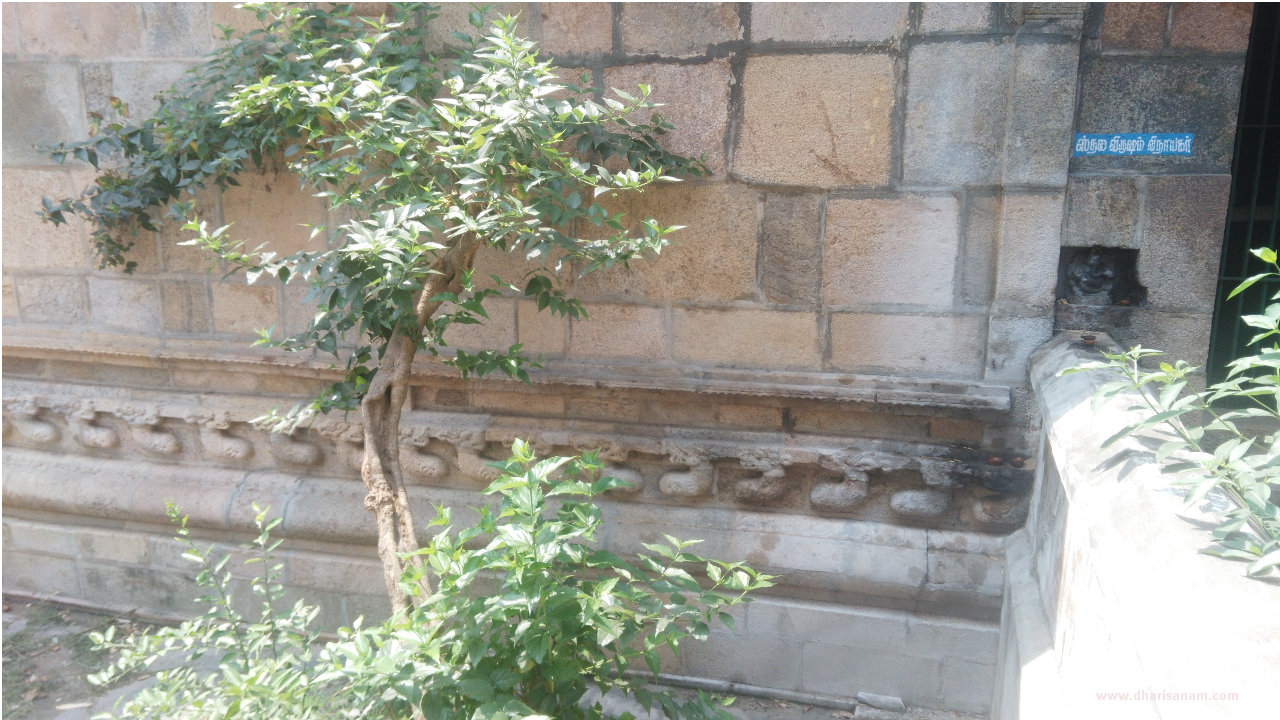
Legend
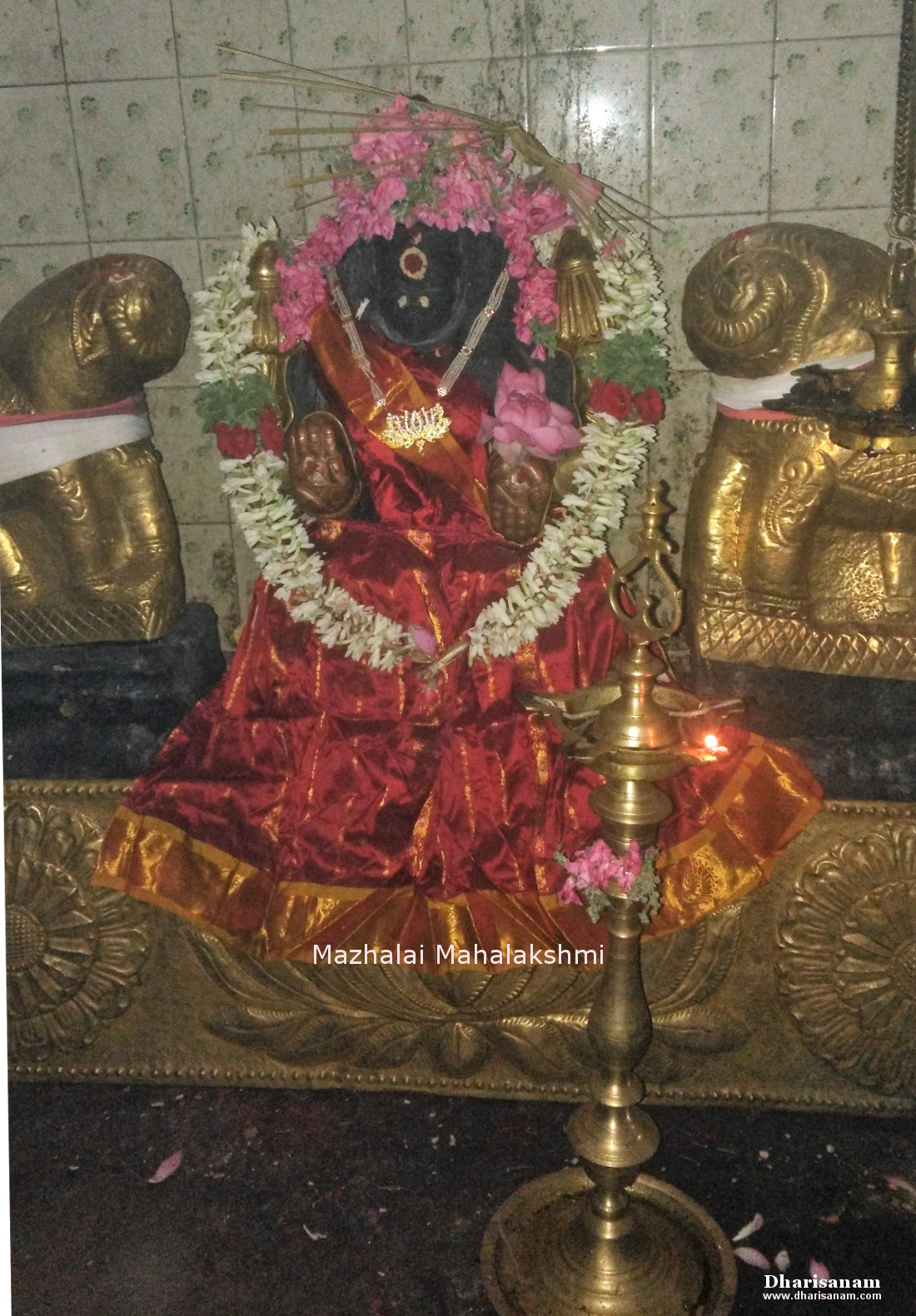
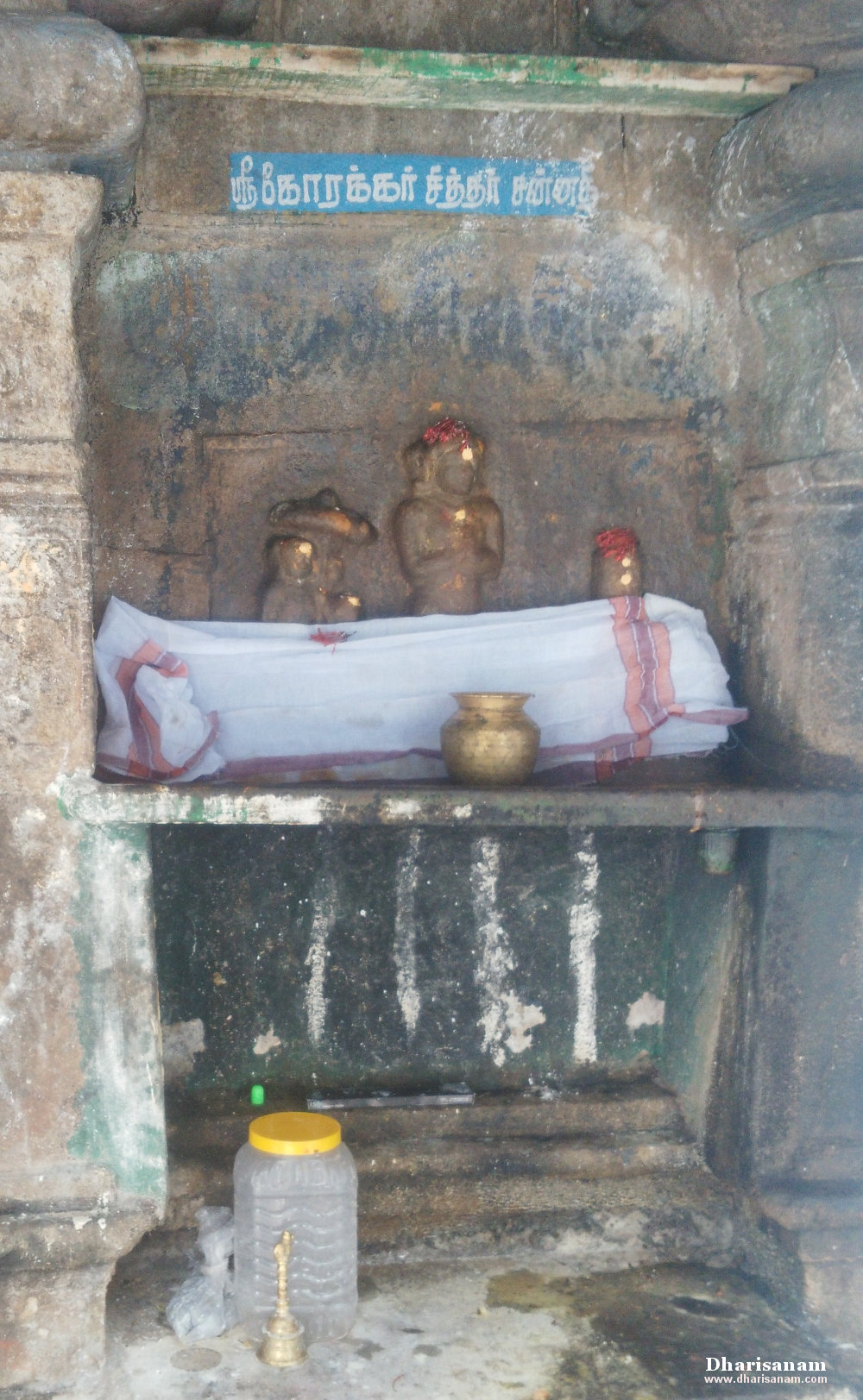
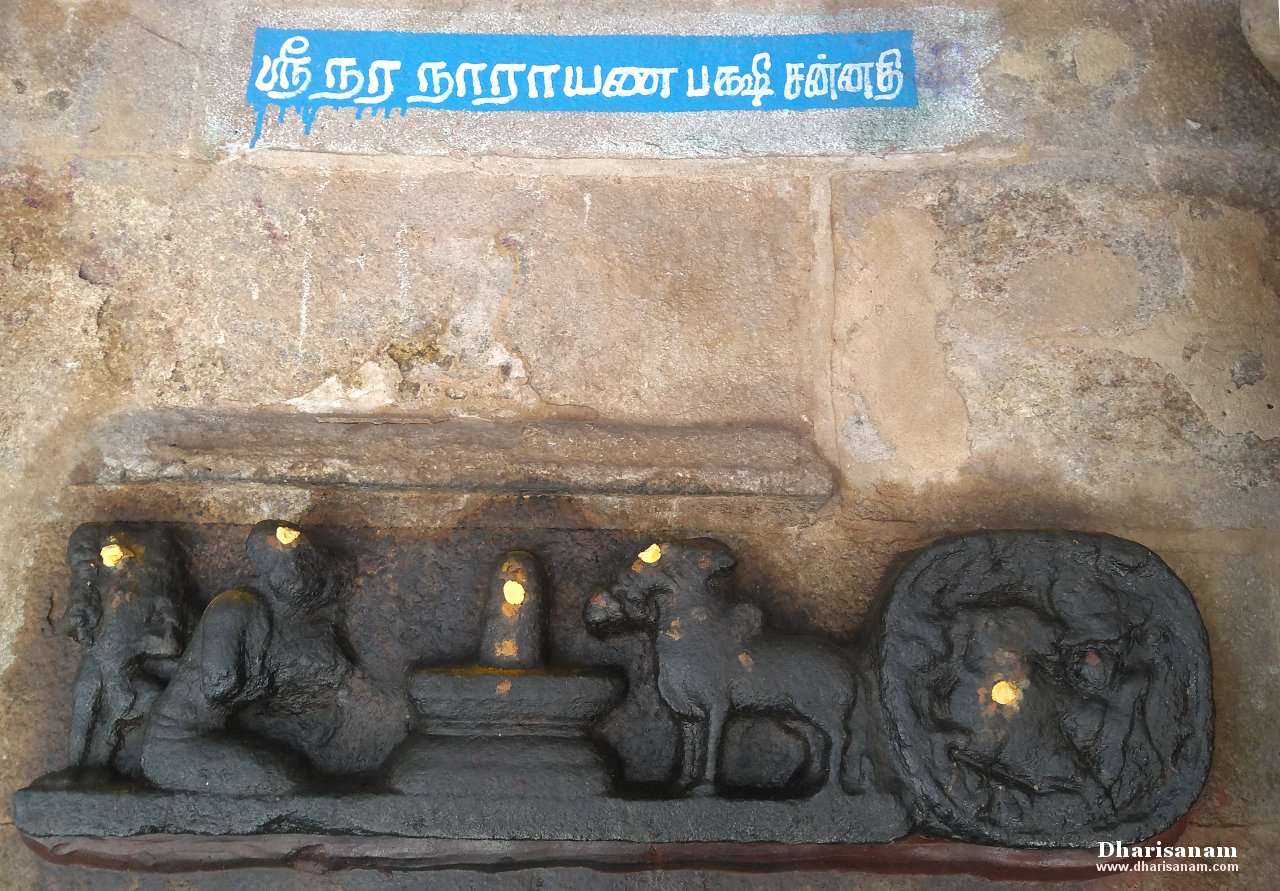
Deities in the temple
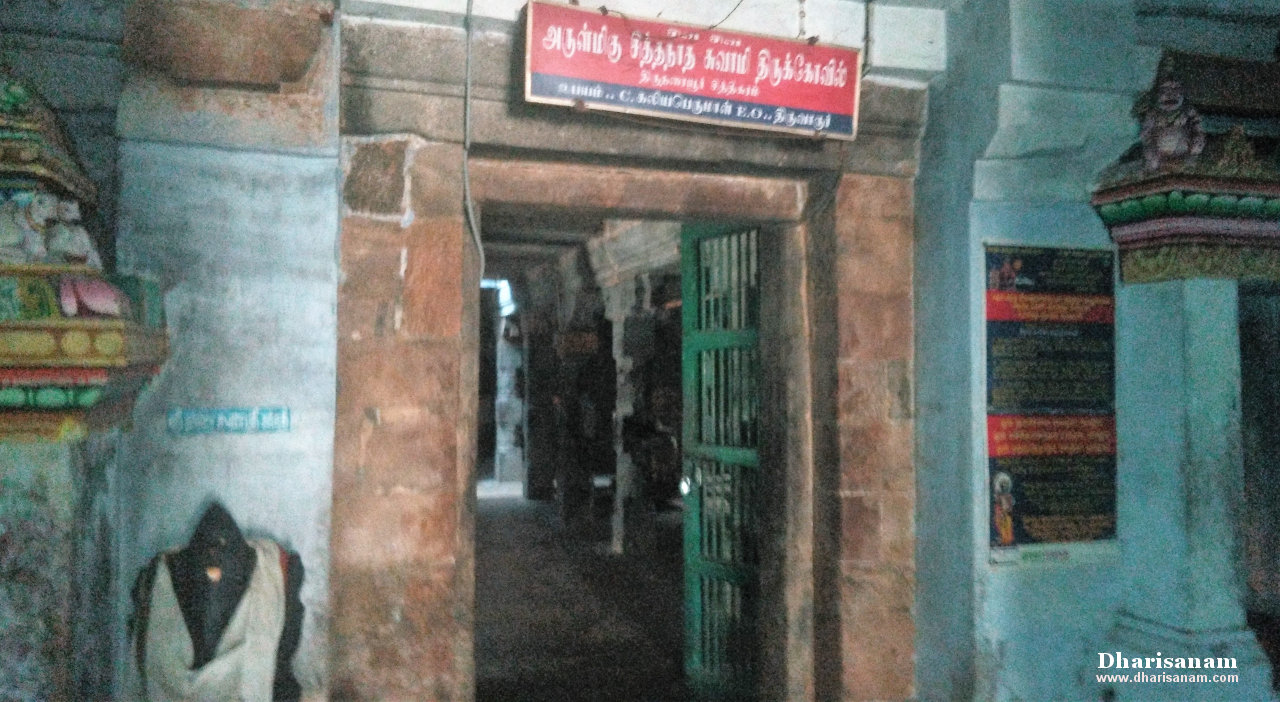
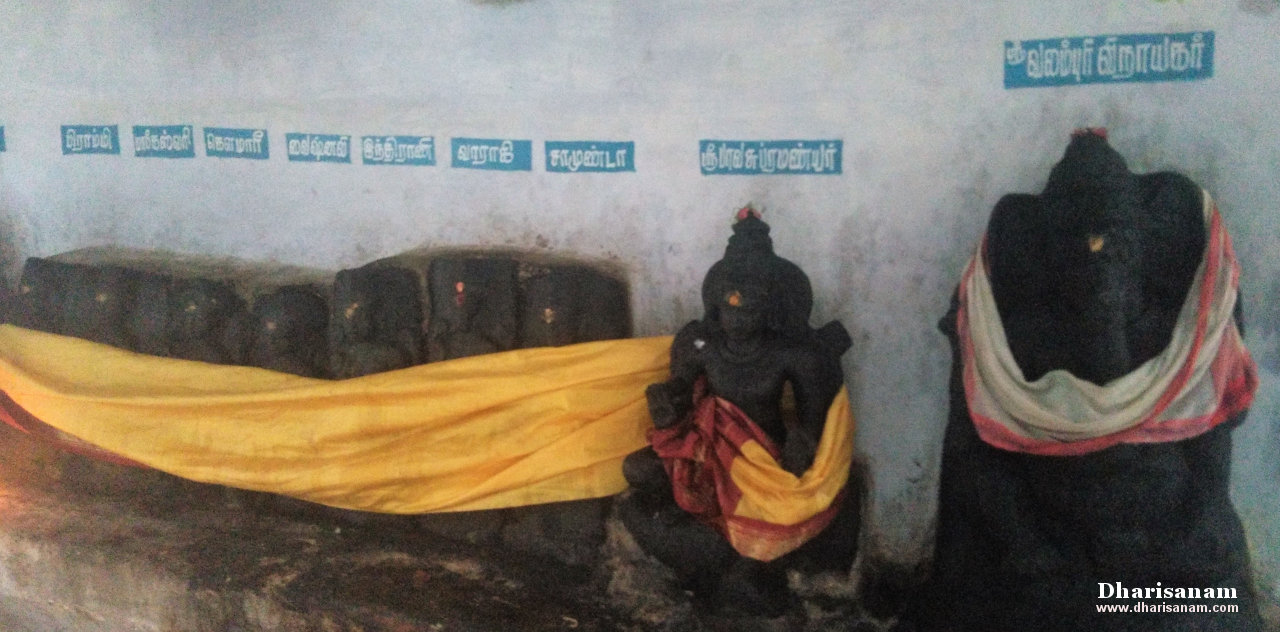

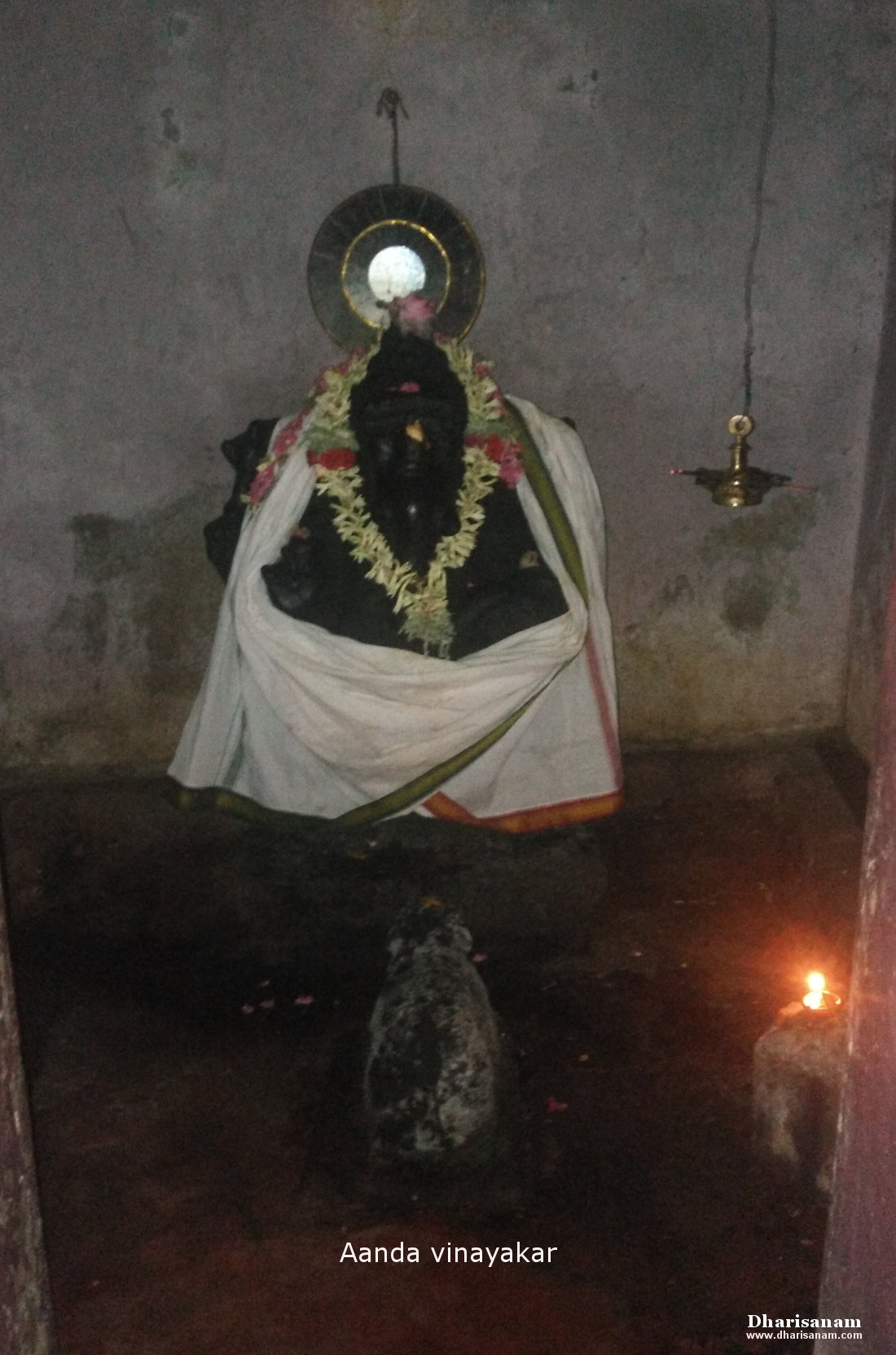
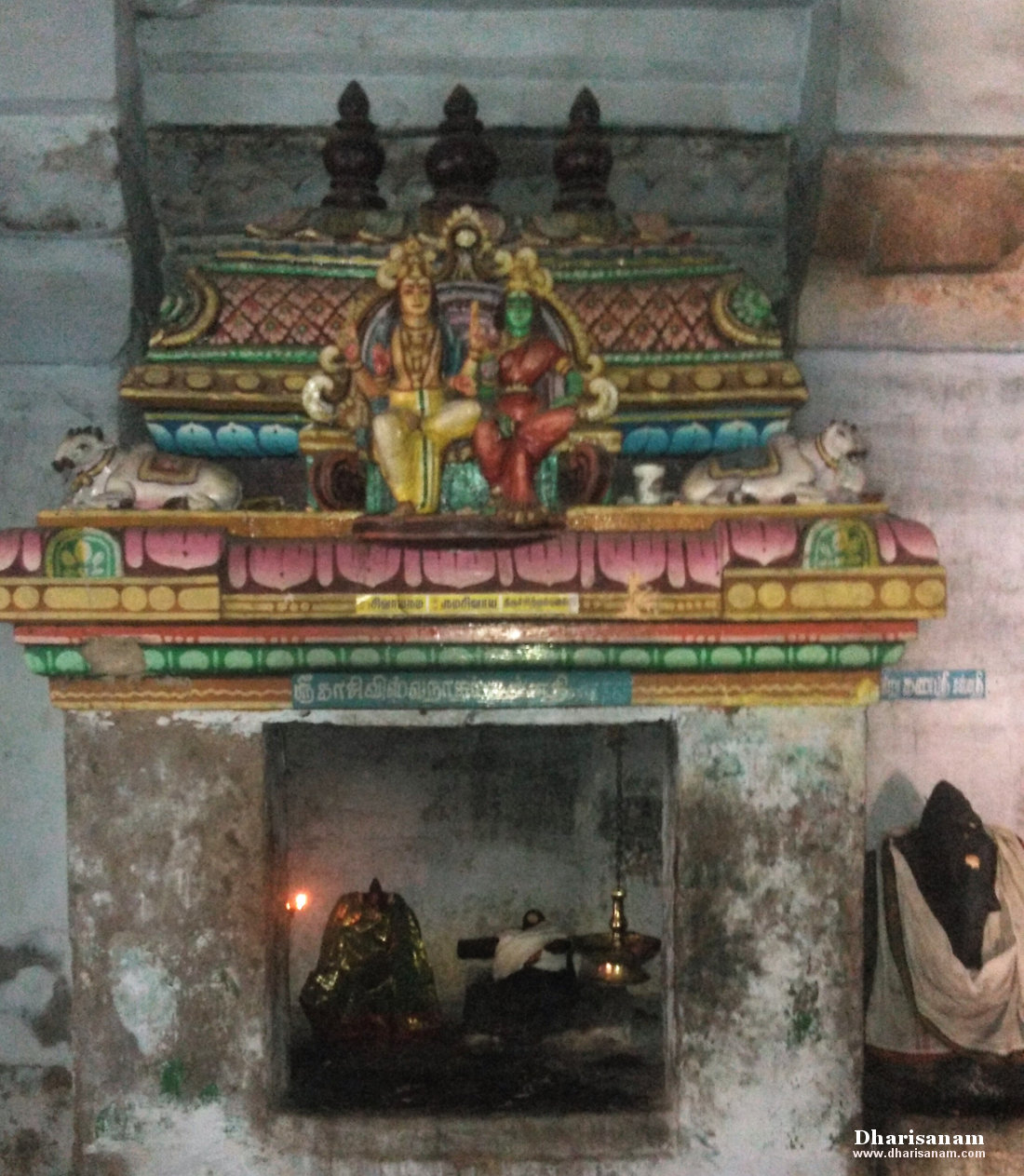
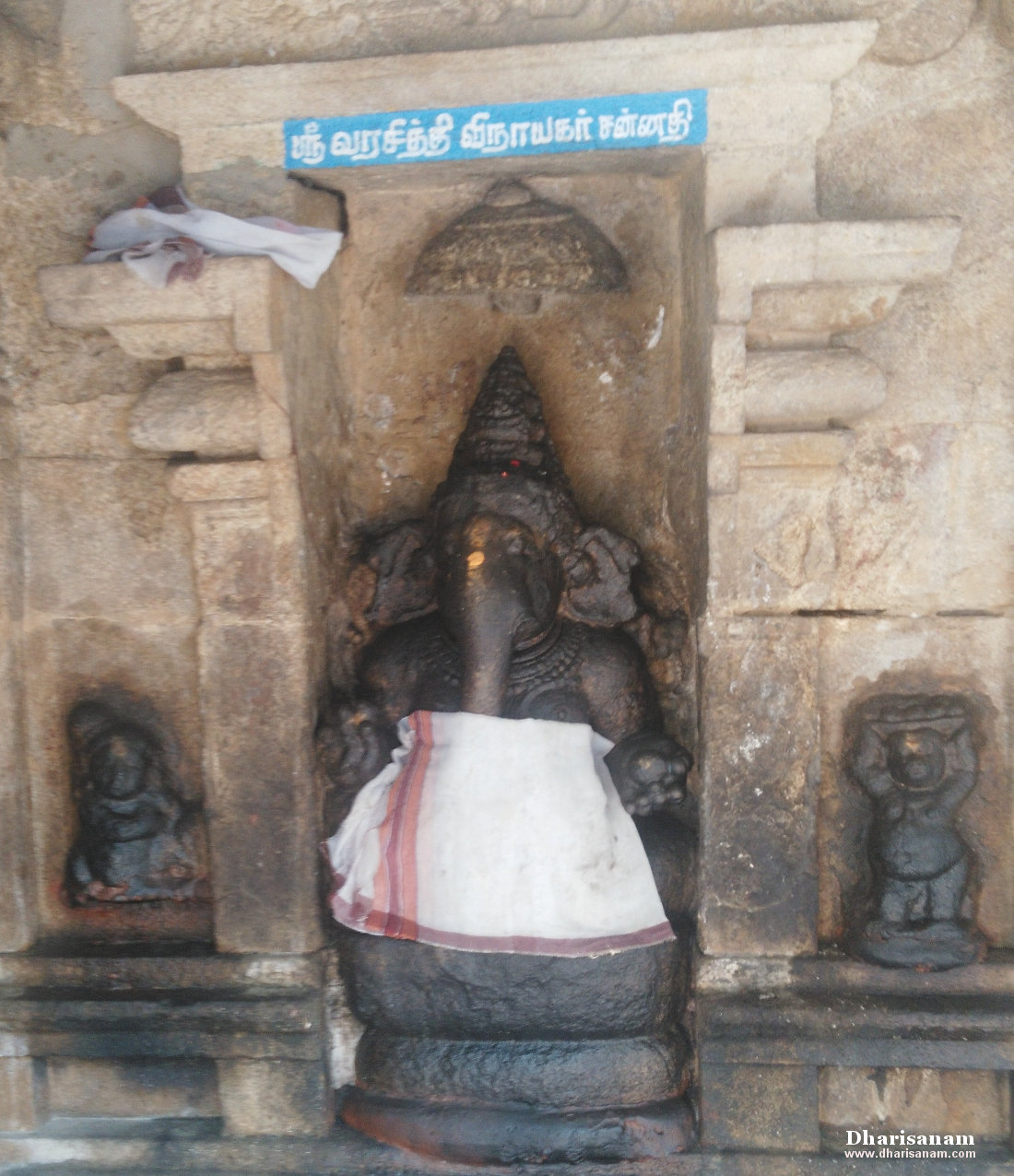
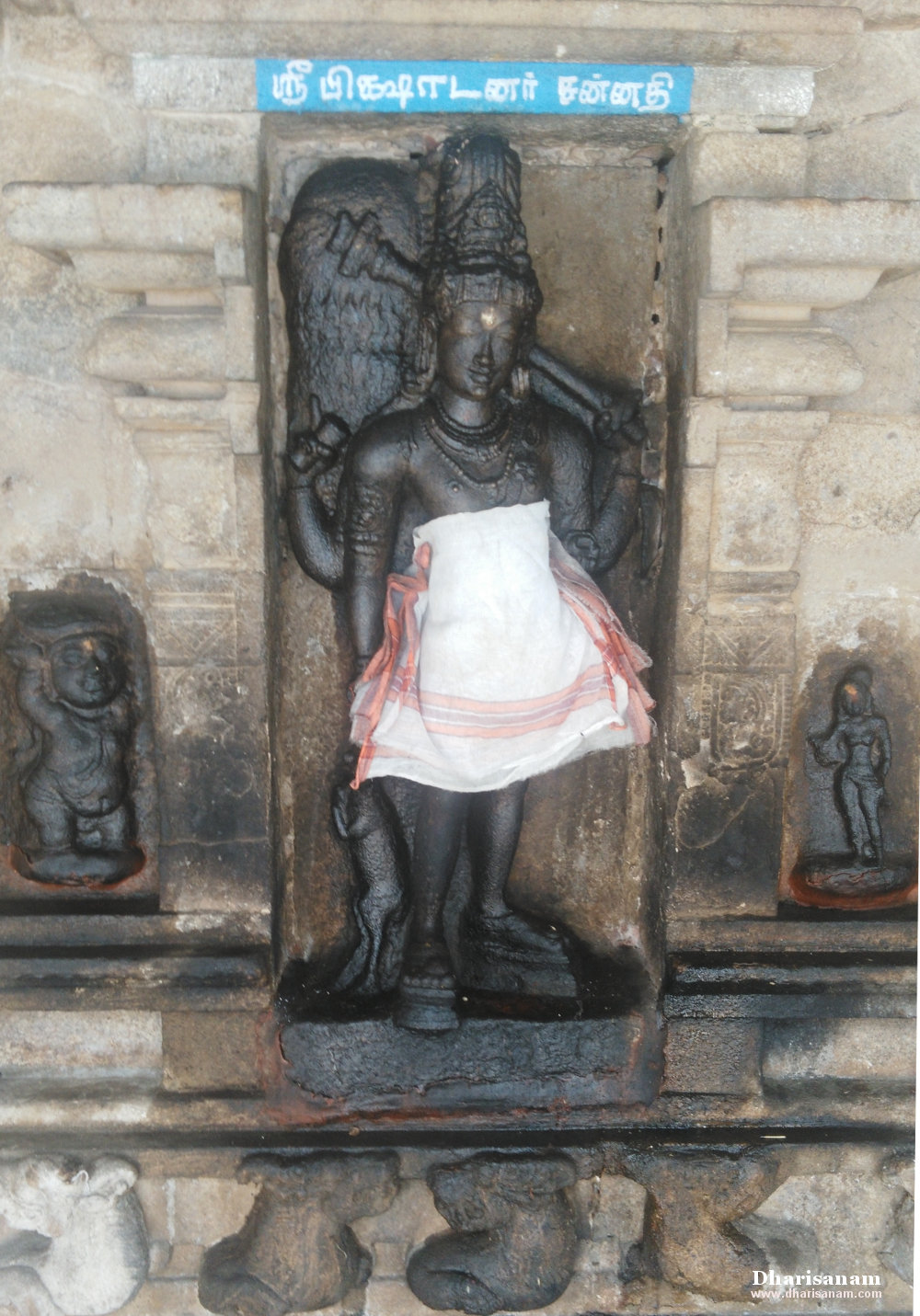
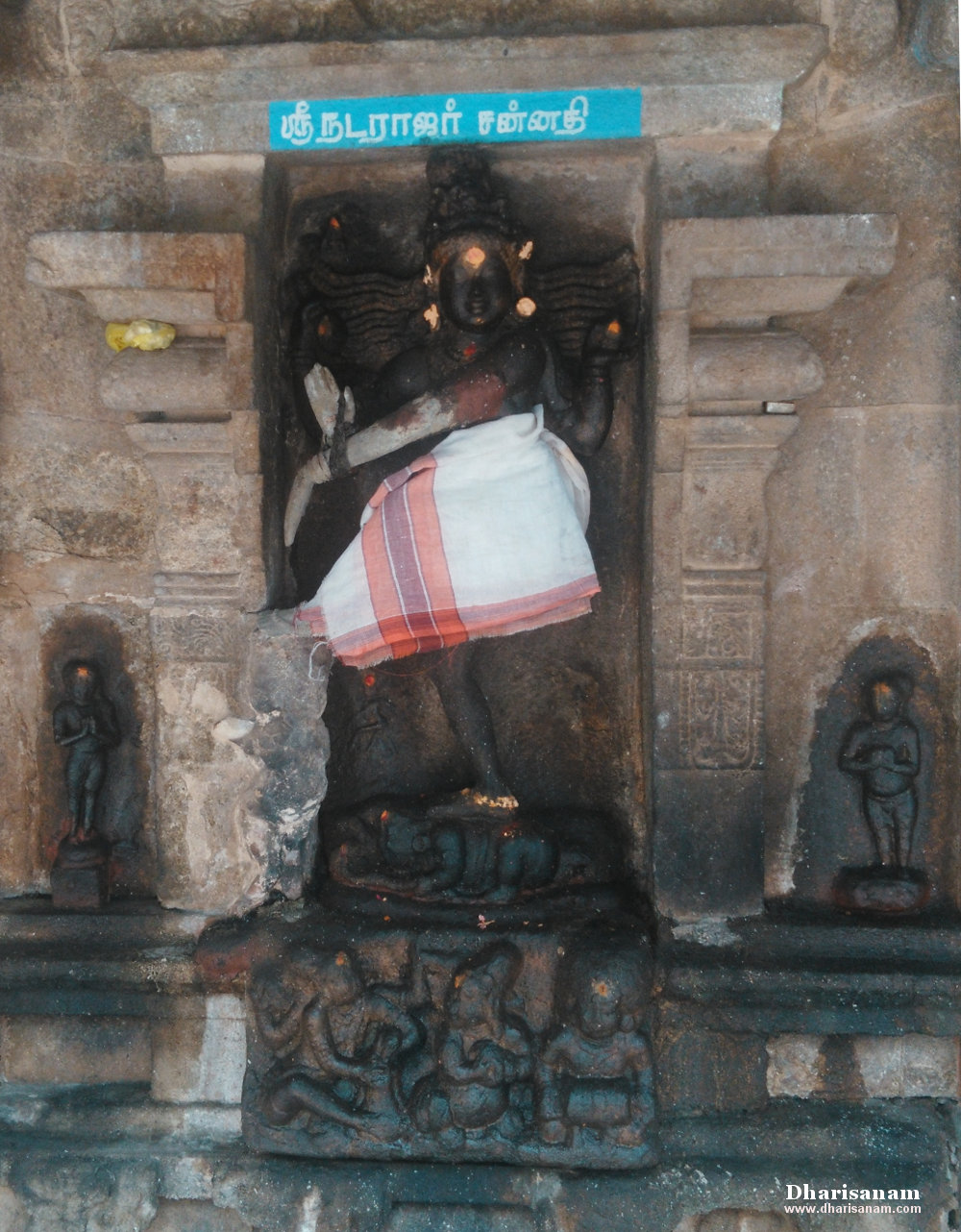
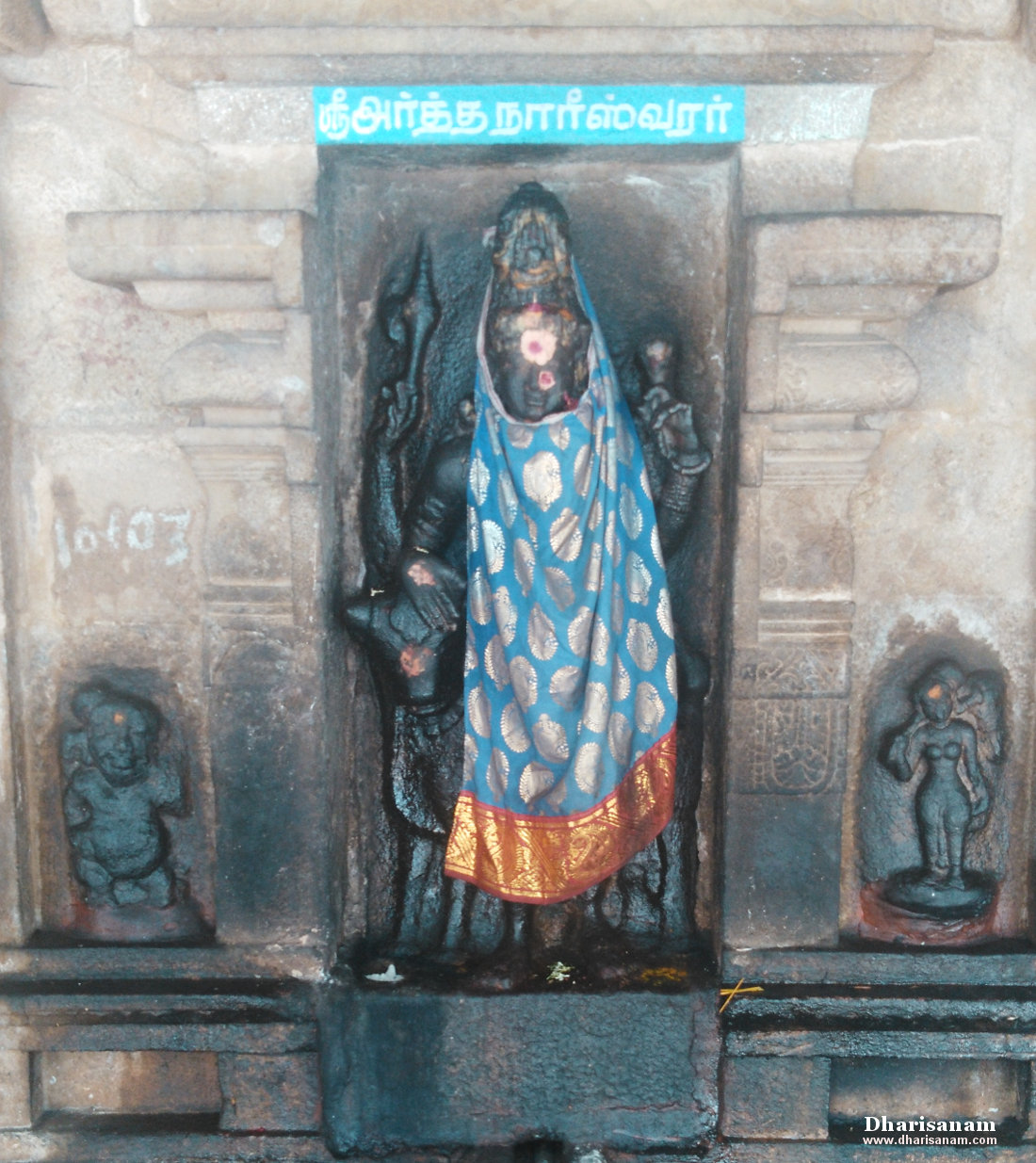


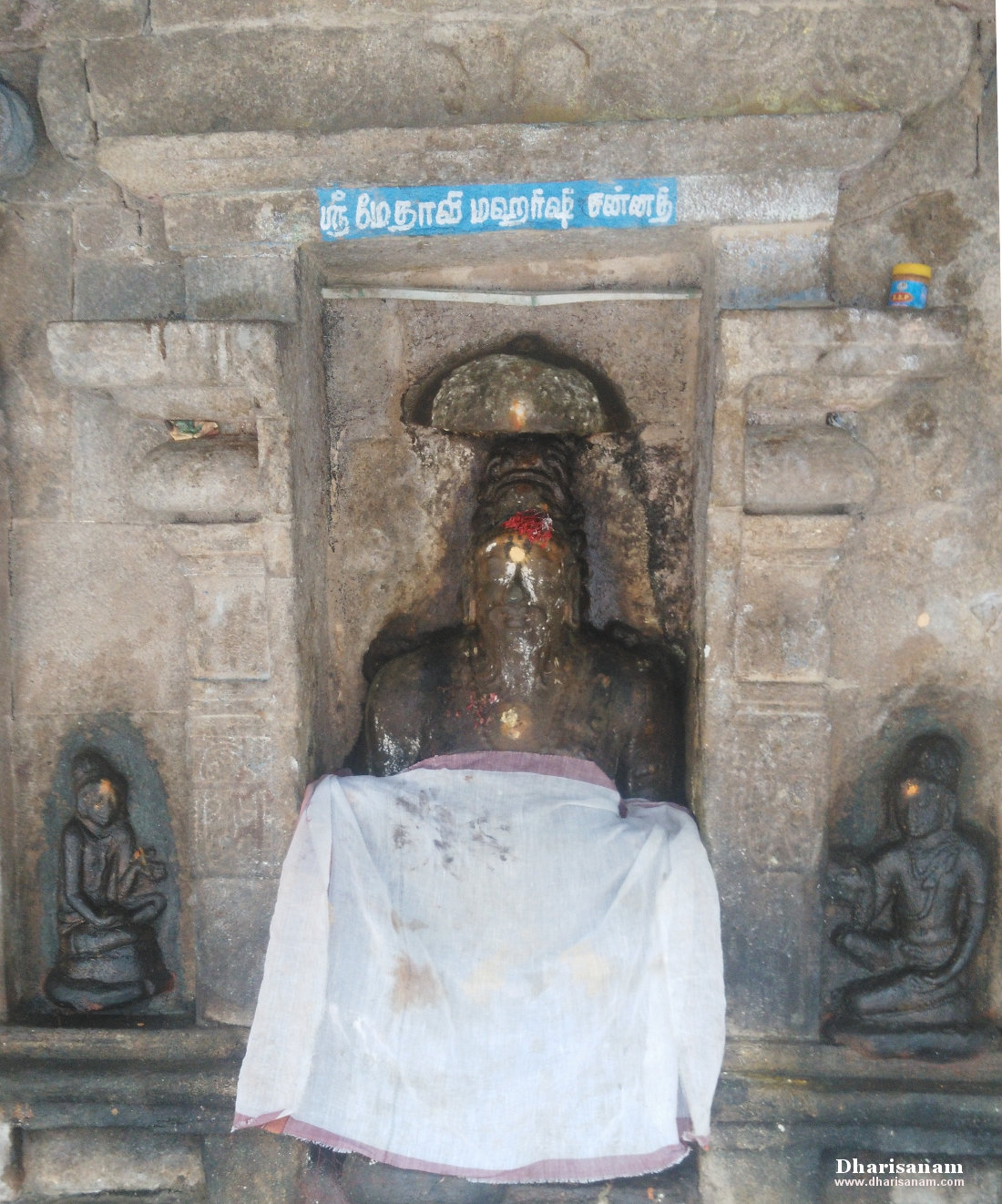
Salient Features
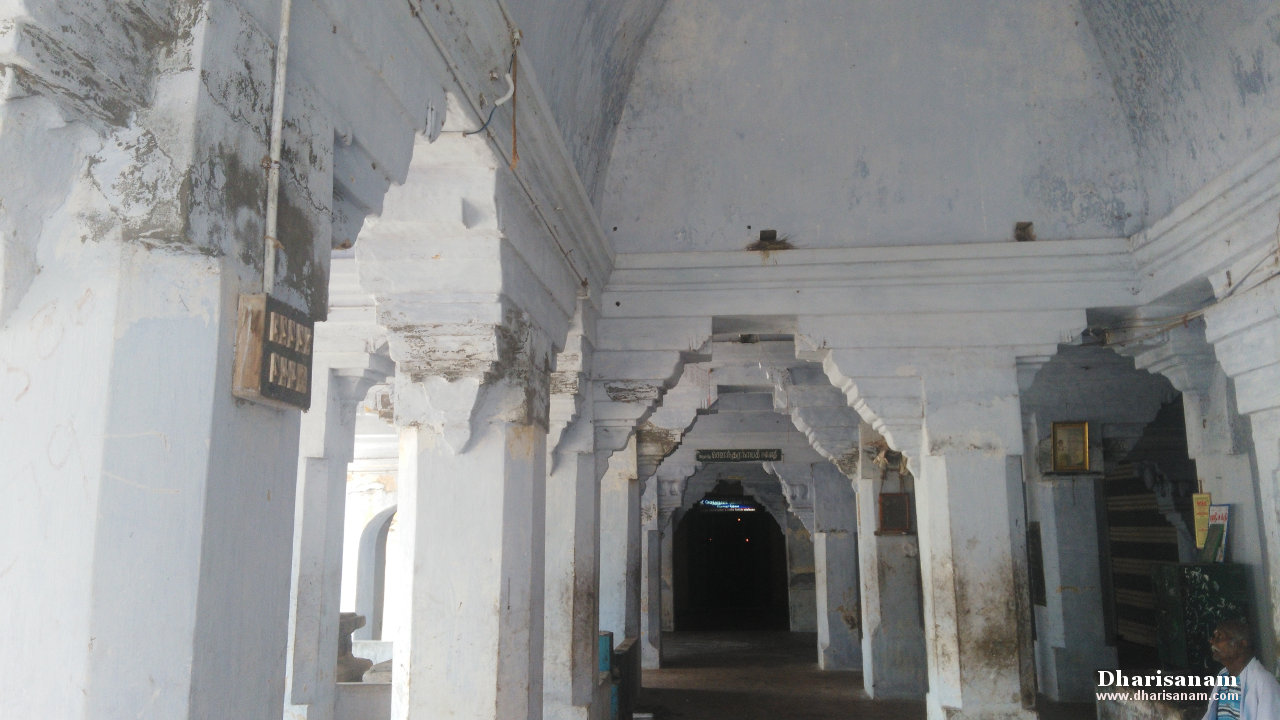
Greatness of this temple
Important Festivals
Temple Timings
From 06.00 AM to 12.30 PM and from 04.30 PM to 08.00 PM.
Temple Address
Sri Siddhanatheswarar Temple,
Thirunaraiyur Post (Nachiar Koil),
Kumbakonam Taluk,
Tanjore District,
Tamil Nadu- 612 102.
Tele: +91- 435-246 7343, 246 7219.



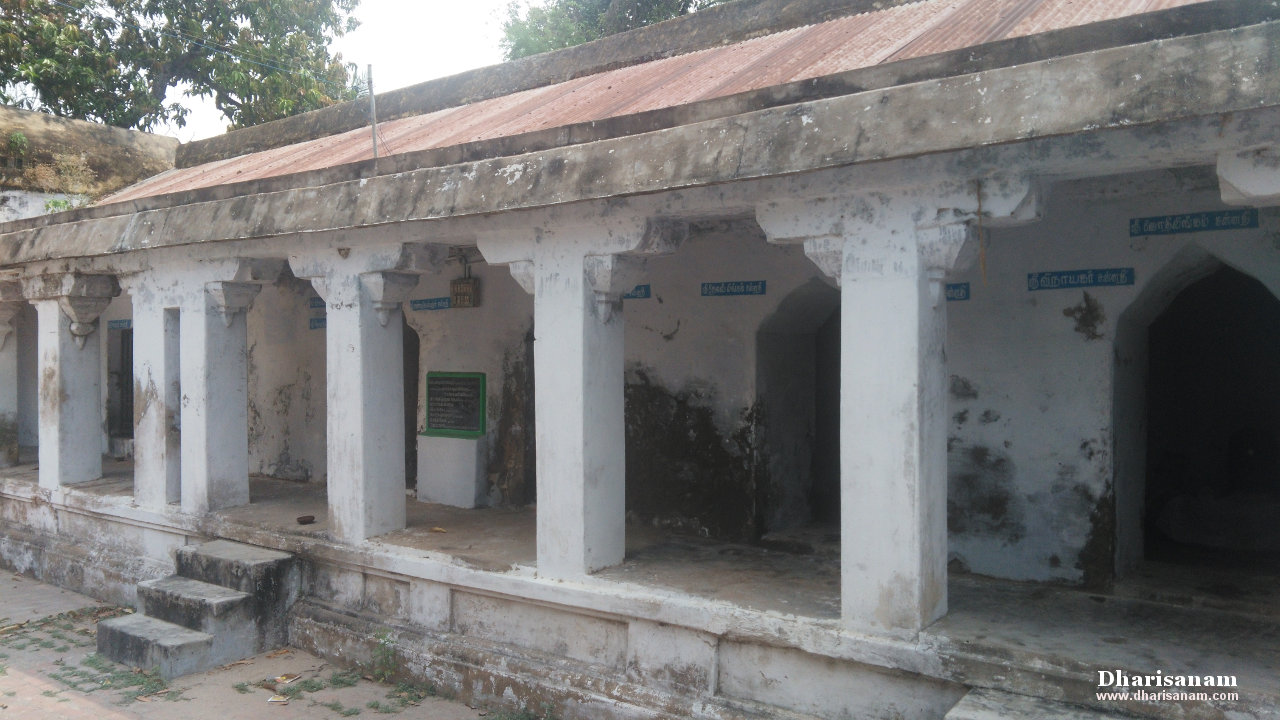
Pathigam (Hymn) with English transliteration
Saint Thirugnanasambanthar visited this temple and sang this Pathigam.
Devotees visiting this temple should make it a practice to recite this Pathigam.
ஊரு லாவு பலிகொண் டுலகேத்த
நீரு லாவு நிமிர்புன் சடையண்ணல்
சீரு லாவு மறையோர் நறையூரில்
சேருஞ் சித்தீச் சரஞ்சென் றடைநெஞ்சே.
“Ūru lāvu palikoṇ ṭulakēththa
nīru lāvu nimirpuṉ saṭaiyaṇṇal
sīru lāvu maṟaiyōr naṟaiyūril
sēruñ chiththīch charañcheṉ tṟaṭaineñchē”.
நெஞ்சே! ஊர்கள்தோறும் உலாவுவதால் கிடைக்கும் உணவைப் பெற்று,
உலகம் பரவக் கங்கை நீரைத் தன் திருமுடியில் ஏற்று, அக்கங்கை நீர்
உலாவும் மேல்நோக்கின சிவந்த சடைமுடியினை உடையதலைமைத்
தன்மை உடைய சிவபிரான் எழுந்தருளிய, சீருடைய மறையவர் வாழும்
நகரான நறையூரில் விளங்கும் சித்தீச்சரத்தைச் சென்றடைவாயாக.
காடு நாடுங் கலக்கப் பலிநண்ணி
ஓடு கங்கை யொளிர்புன் சடைதாழ
வீடு மாக மறையோர் நறையூரில்
நீடுஞ் சித்தீச் சரமே நினைநெஞ்சே.
“Kāṭu nāṭuṅ kalakkap palinaṇṇi
ōṭu gaṅgai yoḷirpuṉ saṭaithāzha
vīṭu māka maṟaiyōr naṟaiyūril
nīṭuñ chiththīch charamē niṉaineñchē”.
நெஞ்சே! காட்டின்கண் முனிவர் குடில்களிலும், நாட்டின்கண் இல்லறத்தார்
வீடுகளிலும் விரும்பிப் பலியேற்று, ஓடி வரும் கங்கை தங்கிய ஒளிவீசும்
சிவந்த சடைகள் தாழ, தம் உடல்களை விடுத்து, முத்திப்பேற்றை அடைய
விரும்பும் அந்தணர் வாழும் நறையூரில், புகழால் நீடிய சித்தீச்சரத்தில்
விளங்கும் பெருமானை நினைவாயாக.
கல்வி யாளா கனகம் அழல்மேனி
புல்கு கங்கை புரிபுன் சடையானூர்
மல்கு திங்கள் பொழில்சூழ் நறையூரில்
செல்வர் சித்தீச் சரஞ்சென் றடைநெஞ்சே.
“Kalvi yāḷā kaṉakam azhalmēṉi
pulku gaṅgai puripuṉ saṭaiyāṉūr
malku thiṅkaḷ pozhilchūzh naṟaiyūril
selvar chiththīch charañcheṉ tṟaṭaineñchē”.
நெஞ்சமே! பொன்னையும் தீயையும் ஒத்த திருமேனியராய், கங்கை தங்கும்
முறுக்கேறிய சிவந்த சடையினை உடையவராய் விளங்கும் சிவபிரானது
ஊர், கல்வியாளர் நிறைந்ததாய், திங்கள் தங்கும் பொழில்கள் சூழ்ந்ததாய்
விளங்கும் நறையூராகும். அவ்வூரில் செல்வர் வணங்கும் சித்தீச்சரத்தைச்
சென்றடைவாயாக.
நீட வல்ல நிமிர்புன் சடைதாழ
ஆட வல்ல அடிக ளிடமாகும்
பாடல் வண்டு பயிலும் நறையூரில்
சேடர் சித்தீச் சரமே தெளிநெஞ்சே.
“Nīṭa valla nimirpuṉ saṭaithāzha
āṭa valla aṭika ḷiṭamākum
pāṭal vaṇṭu payilum naṟaiyūril
sēṭar chiththīch charamē theḷineñchē”.
நெஞ்சே! மேல்நோக்கிய நீண்டு வளரவல்ல செஞ்சடைகள் தாழுமாறு
ஆடுதலில் வல்ல அடிகளாகிய சிவபிரானது இடம் ஆகிய பாடுதலில் வல்ல
வண்டுகள் நிறைந்து வாழும் சோலைவளம் உடைய நறையூரில் பெரியோர்
வணங்கித் துதிக்கும் சித்தீச்சரத்தைத் தௌவாயாக.
உம்ப ராலும் உலகின் னவராலும்
தம்பெ ருமைய ளத்தற் கரியானூர்
நண்பு லாவு மறையோர் நறையூரில்
செம்பொன் சித்தீச் சரமே தெளிநெஞ்சே.
“Umpa rālum ulakiṉ ṉavarālum
thampe rumaiya ḷaththaṟ kariyāṉūr
naṇpu lāvu maṟaiyōr naṟaiyūril
sempoṉ chiththīch charamē theḷineñchē”.
நெஞ்சே! தேவர்களாலும், உலகிடை வாழும் மக்களாலும் தனது
பெருமைகளை அளவிட்டுக் கூறுவதற்கு அரியவனாகிய சிவபிரானது
ஊராய், நட்புத் தன்மையால் மேம்பட்ட மறையவர்கள் வாழும்
திருநறையூரில் சிவபிரான் எழுந்தருளிய செம்பொன்மயமான
சித்தீச்சரத்தையே தௌவாயாக.
கூரு லாவு படையான் விடையேறி
போரு லாவு மழுவான் அனலாடி
பேரு லாவு பெருமான் நறையூரில்
சேருஞ் சித்தீச் சரமே யிடமாமே.
“Kūru lāvu paṭaiyāṉ viṭaiyēṟi
pōru lāvu mazhuvāṉ aṉalāṭi
pēru lāvu perumāṉ naṟaiyūril
sēruñ chiththīch charamē yiṭamāmē”.
கூர்மைமிக்க சூலப்படையை உடையவனாய், விடை மீது ஏறிப் போருக்குப்
பயன்படும் மழுவாயுதத்தை ஏந்தி, அனல்மிசை நின்றாடி, ஏழுலகிலும் தன்
புகழ் விளங்க நிற்கும் சிவபெருமான் திருநறையூரில் விளங்கும்
சித்தீச்சரமே நாம் வழிபடற்குரிய இடமாகும்.
அன்றி நின்ற அவுணர் புரமெய்த
வென்றி வில்லி விமலன் விரும்புமூர்
மன்றில் வாசம் மணமார் நறையூரில்
சென்று சித்தீச் சரமே தெளிநெஞ்சே.
“Aṉtṟi niṉtṟa avuṇar purameytha
veṉtṟi villi vimalaṉ virumpumūr
maṉtṟil vāsam maṇamār naṟaiyūril
seṉtṟu chiththīch charamē theḷineñchē”.
நெஞ்சே! தன்னோடு வேறுபட்டு நிற்கும் அவுணர்களின் முப்புரங்களையும்
எய்தழித்த வெற்றியோடு கூடிய வில்லை உடைய குற்றமற்றவன் விரும்பும்
ஊர் ஆகிய, மணம் நிலைபெற்று வீசும் பொது மன்றங்களை உடைய
திருநறையூருக்குச் சென்று, அங்குப் பெருமான் எழுந்தருளிய
சித்தீச்சரத்தைத் தௌந்து வழிபடுக.
அரக்கன் ஆண்மை அழிய வரைதன்னால்
நெருக்க வூன்றும் விரலான் விரும்புமூர்
பரக்குங் கீர்த்தி யுடையார் நறையூரில்
திருக்கொள் சித்தீச் சரமே தெளிநெஞ்சே.
“Arakkaṉ āṇmai azhiya varaithaṉṉāl
nerukka vūṉtṟum viralāṉ virumpumūr
parakkuṅ kīrththi yuṭaiyār naṟaiyūril
thirukkoḷ chiththīch charamē theḷineñchē”.
நெஞ்சே! இராவணனது வலிமை கெடுமாறு கயிலை மலையால் ஊன்றி
அடர்த்த கால் விரலை உடைய சிவபிரான் விரும்புவது, பரவிய புகழாளர்
வாழ்வது ஆகிய திருநறையூரில் விளங்கும் சிவபிரானது சித்தீச்சரத்தைத்
தௌவாயாக.
ஆழி யானும் அலரின் உறைவானும்
ஊழி நாடி உணரார் திரிந்துமேல்
சூழு நேட எரியாம் ஒருவன்சீர்
நீழல் சித்தீச் சரமே நினைநெஞ்சே.
“Āzhi yāṉum alariṉ uṟaivāṉum
ūzhi nāṭi uṇarār thirinthumēl
chūzhu nēṭa eriyām oruvaṉsīr
nīzhal chiththīch charamē niṉaineñchē”.
நெஞ்சே! சக்கராயுதத்தை உடைய திருமாலும், தாமரை மலர்மேல்
உறையும் நான்முகனும், உணராதவனாய், ஓர் ஊழிக்காலம் அளவும்
திரிந்து சுற்றும் முற்றும் மேலும் கீழுமாய்த் தேட எரியுருவாய் ஓங்கி நின்ற
சிவபெருமானது சிறப்புமிக்க இடமாகிய திருநறையூர்ச் சித்தீச்சரத்தை
நினைவாய்.
மெய்யின் மாசர் விரிநுண் துகிலிலார்
கையி லுண்டு கழறும் உரைகொள்ளேல்
உய்ய வேண்டில் இறைவன் நறையூரில்
செய்யுஞ் சித்தீச் சரமே தவமாமே.
“Meyyiṉ māsar virinuṇ thukililār
kaiyi luṇṭu kazhaṟum uraikoḷḷēl
uyya vēṇṭil iṟaivaṉ naṟaiyūril
seyyuñ chiththīch charamē thavamāmē”.
உடம்பின்கண் அழுக்குடையவர்களும், விரித்துக் கட்டும் நுண்ணிய
ஆடைகளை அணியாதவர்களும், கைகளில் பலி ஏற்று உண்டு
திரிபவர்களுமாகிய சமணர்கள் இடித்துக் கூறும் உரைகளைக்
கொள்ளாதீர். நீர் இப்பிறப்பில் உய்தி பெற விரும்பினால், சிவபிரான்
எழுந்தருளிய திருநறையூரில் செய்தமைத்த சித்தீச்சரத்தைச் சென்று
வழிபடுமின். அதுவே சிறந்த தவமாம்.
மெய்த்து லாவு மறையோர் நறையூரில்
சித்தன் சித்தீச் சரத்தை உயர்காழி
அத்தன் பாதம் அணிஞான சம்பந்தன்
பத்தும் பாடப் பறையும் பாவமே.
“Meyththu lāvu maṟaiyōr naṟaiyūril
siththaṉ chiththīch charaththai uyarkāzhi
aththaṉ pātham aṇigñāṉa sambanthaṉ
paththum pāṭap paṟaiyum pāvamē”.
வாய்மையே பேசி வாழும் மறையவர் வாழும் திருநறையூரின்கண் சித்தன்
என்ற திருநாமத்தோடு விளங்கும் சிவபெருமானது சித்தீச்சரத்தை,
மேலான காழி மாநகரில் விளங்கும் சிவபிரானது திருப்பாதங்களைத் தனது
திருமுடிக்கு அணியாகக் கொண்ட ஞானசம்பந்தன் பாடிய இத்திருப்பதிகப்
பாடல்கள் பத்தையும் பாடிப்பரவப் பாவங்கள் நீங்கும்.







